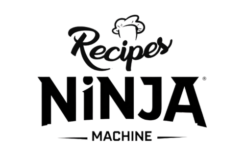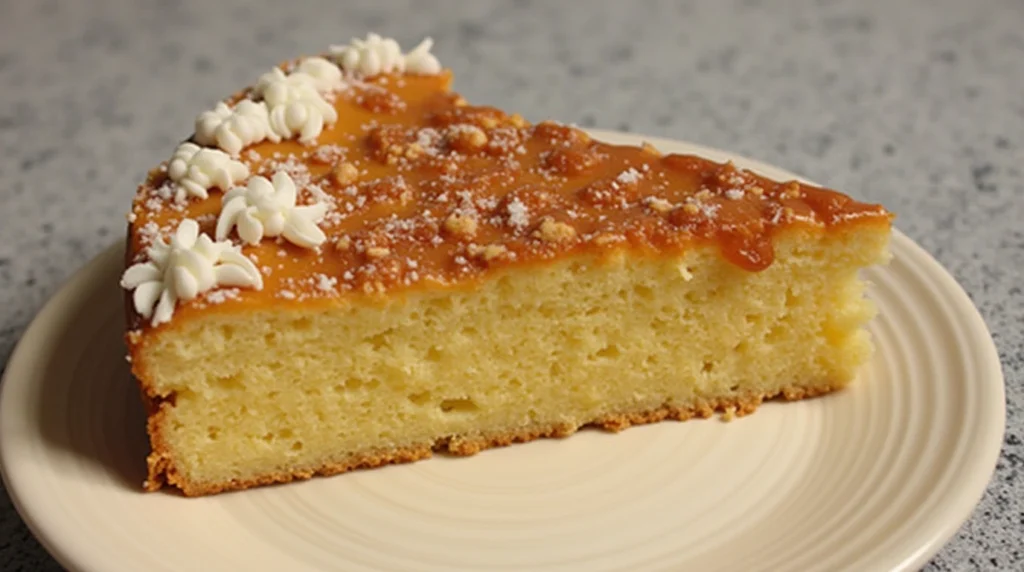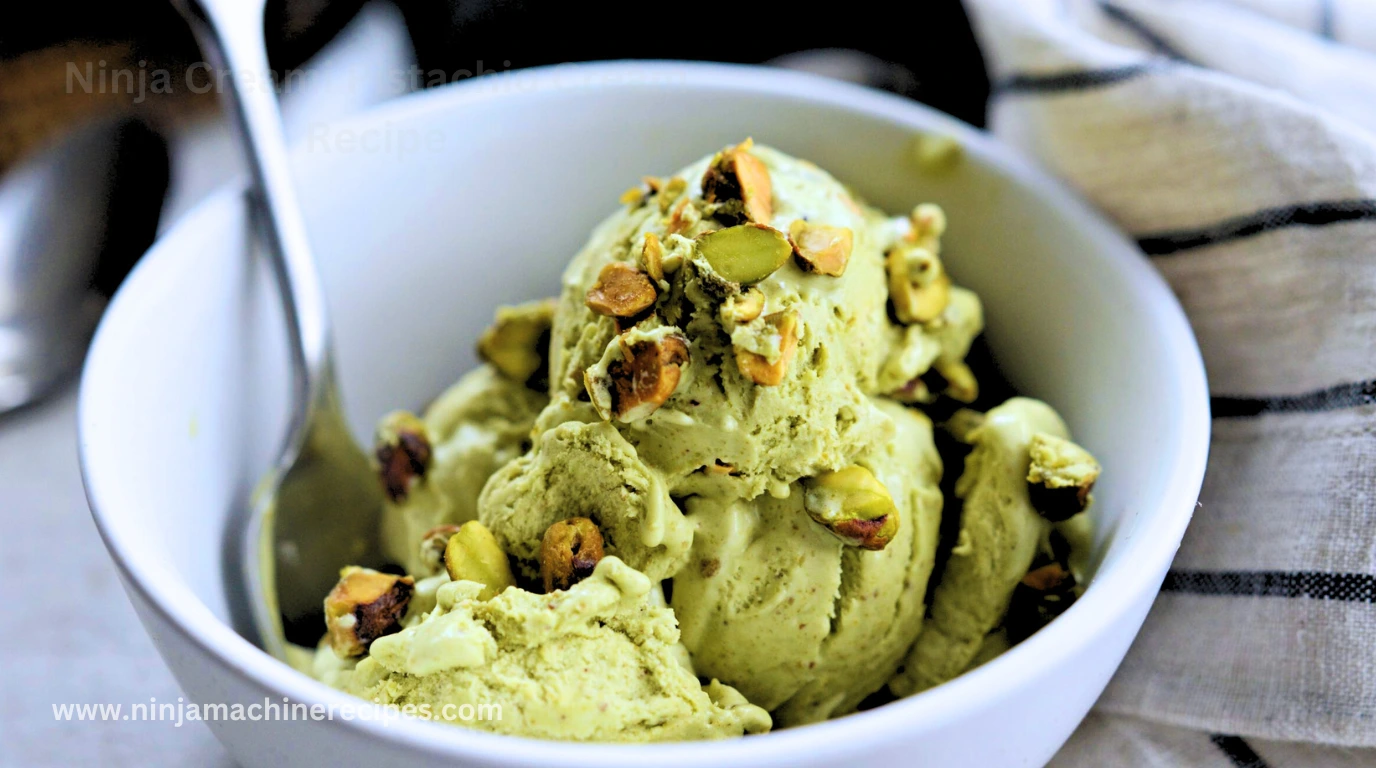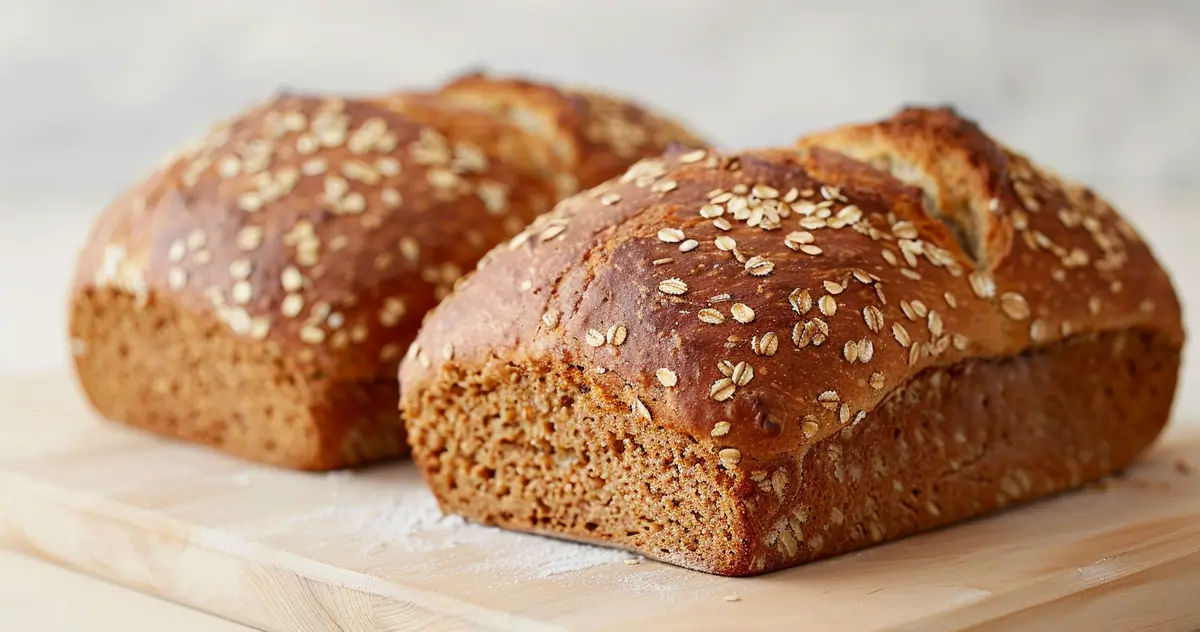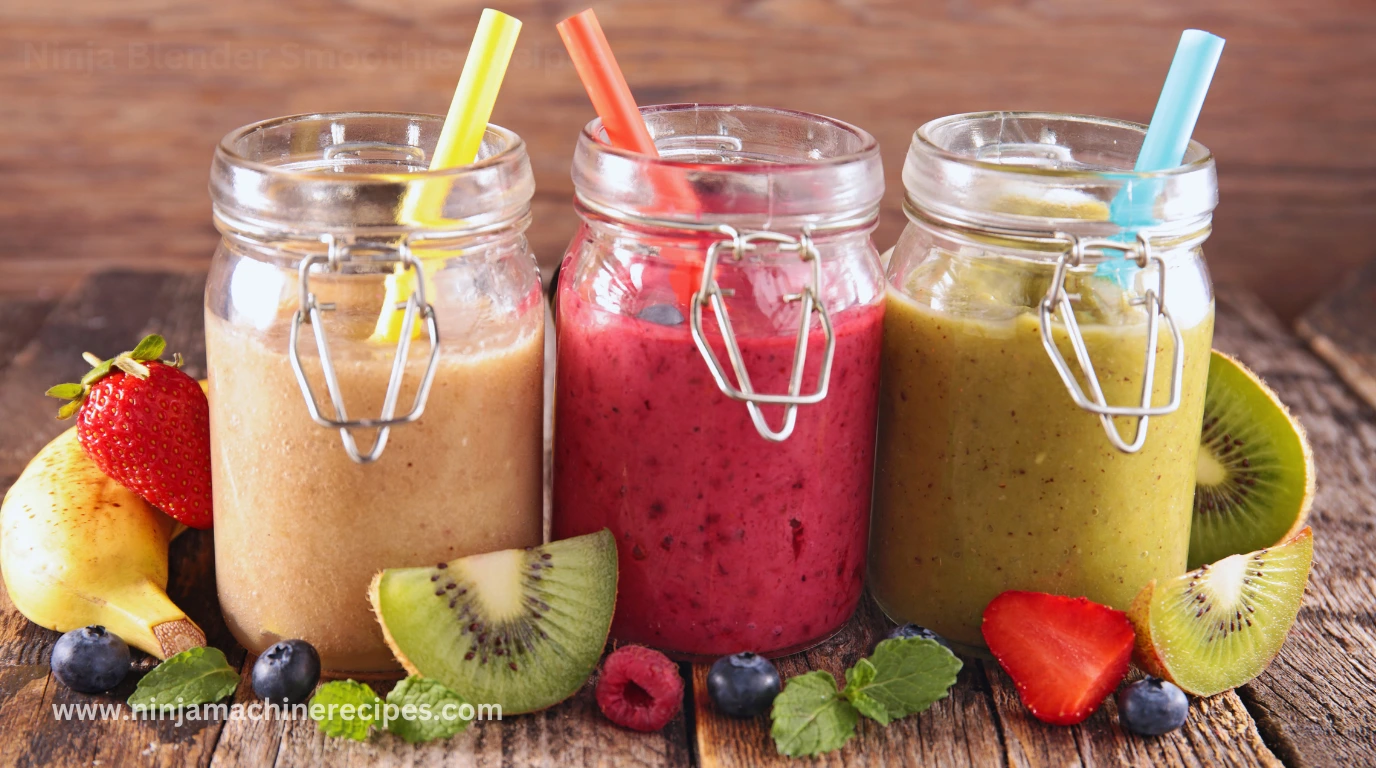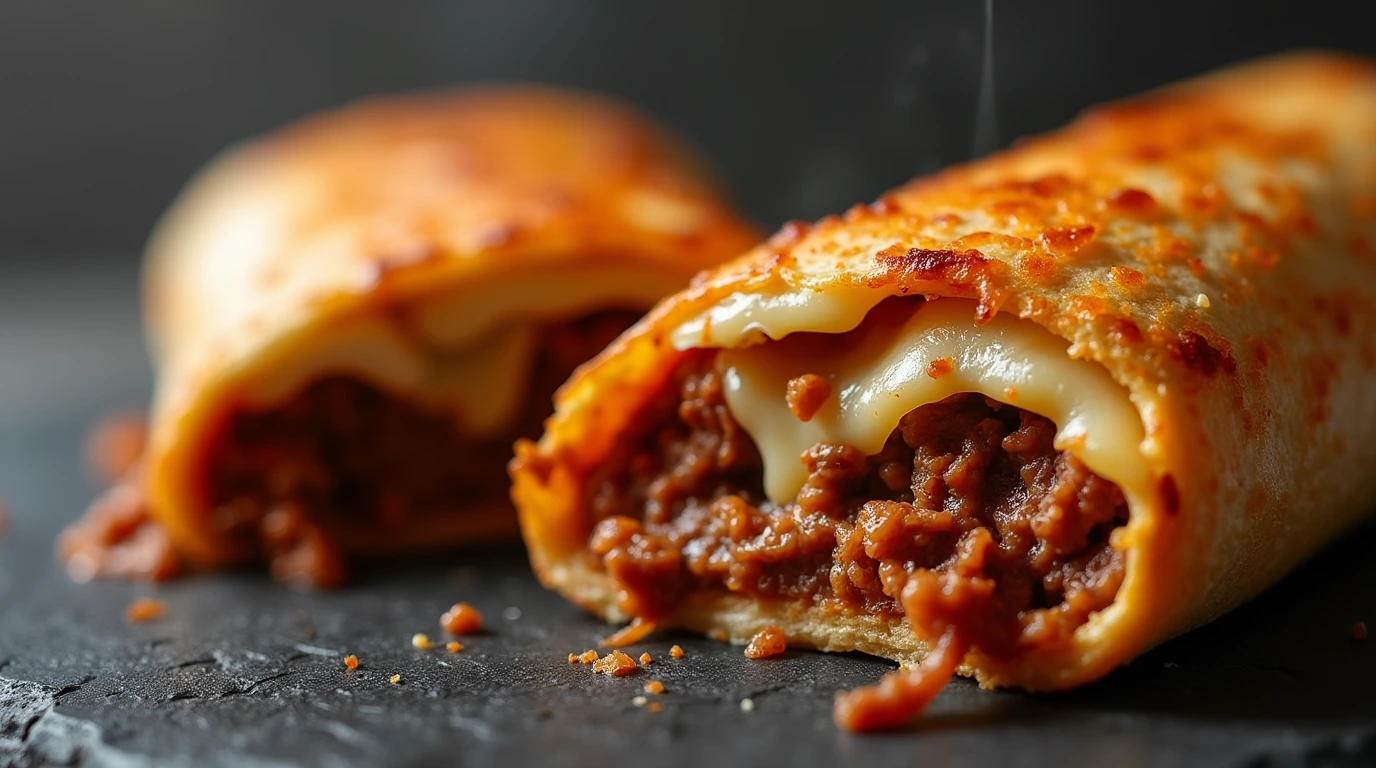Imagine the delightful aroma of a freshly baked cake wafting through your classroom. This isn’t just a simple treat; it’s a unique way to bring economic principles to life. Whether you’re a teacher aiming to make lessons more engaging or a student seeking a fun project, the Economics Class Cake Recipe combines learning and baking into one memorable experience. Let’s explore this step-by-step guide that will help you craft the perfect cake while uncovering essential budgeting and resource management skills.
Why an Economics Class Cake Recipe?
Blending Learning and Fun
Baking isn’t just about mixing ingredients; it’s a hands-on lesson in economics. Every step involves decision-making, resource allocation, and budgeting, which are core concepts in the study of economics. By engaging in this activity, you’ll discover how everyday choices reflect larger economic principles. Think of this recipe as a sweet simulation of supply and demand, where the final product is both educational and delicious.
A Unique Teaching Tool
For teachers, incorporating this recipe into your curriculum can transform abstract concepts into tangible lessons. Students will collaborate, strategize, and learn to manage limited resources, making the learning process interactive and enjoyable. Moreover, the activity fosters creativity and teamwork, two vital skills for any economist in the making.
Essential Ingredients for Economics Class Cake Recipe
Before you start, it’s essential to gather all your ingredients. Here’s a detailed list to ensure you’re well-prepared:
Ingredients List
| Ingredient | Quantity | Budget-Friendly Tip |
|---|---|---|
| All-purpose flour | 2 cups | Opt for store-brand for cost savings. |
| Granulated sugar | 1 ½ cups | Buy in bulk for reduced cost. |
| Butter (unsalted) | 1 cup | Substitute with margarine if needed. |
| Eggs | 3 large | Check local farmer markets for deals. |
| Milk | 1 cup | Powdered milk can be an alternative. |
| Baking powder | 1 tsp | Store-brand options work well. |
| Vanilla extract | 1 tsp | Use homemade vanilla for savings. |
These ingredients are straightforward and affordable, making the recipe accessible to everyone. The accompanying tips ensure you stay within budget without compromising on quality.
Step-by-Step Guide to Baking the Best Economics Class Cake
Preparation
- Preheat your oven to 350°F (175°C). Ensuring the oven is ready at the correct temperature is crucial for even baking.
- Grease and flour a 9×13-inch baking pan. This prevents the cake from sticking and makes cleanup easier.
Mixing Ingredients
- In a large mixing bowl, combine the dry ingredients: flour, sugar, and baking powder. Mixing these first ensures even distribution.
- Add the wet ingredients: melted butter, eggs, milk, and vanilla extract. Stir until the batter is smooth and lump-free. This is where resource management comes into play—ensuring you’ve measured everything correctly.
Baking Instructions
- Pour the batter into the prepared pan. Smooth the top with a spatula for even baking.
- Place the pan in the preheated oven and bake for 25-30 minutes. Use a toothpick to check for doneness—if it comes out clean, the cake is ready.
- Allow the cake to cool on a wire rack before serving. Cooling helps the flavors settle and makes it easier to cut clean slices.
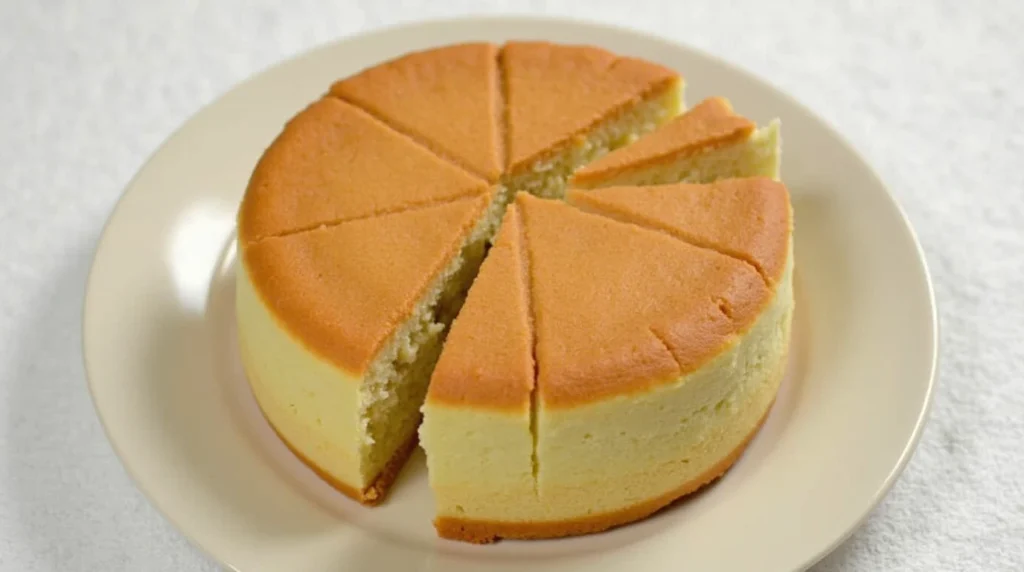
Budget-Friendly Tips for the Perfect Cake
Saving on Ingredients
- Buy in Bulk: Purchasing flour, sugar, and other staples in larger quantities can significantly reduce costs over time.
- Store Brands: Opt for generic or store-brand products—they’re often just as good as name-brand options.
Making It Eco-Friendly
- Use reusable silicone baking mats instead of disposable parchment paper.
- Choose glass or metal measuring tools that last longer than plastic alternatives.
Substitutions for Cost Efficiency
- Replace butter with margarine or vegetable oil for a cheaper alternative.
- Use powdered milk reconstituted with water if fresh milk isn’t readily available.
Creative Decoration Ideas
Themed Frosting Designs
Get creative by decorating your cake with economic symbols like dollar signs, pie charts, or graphs. These designs not only make the cake visually appealing but also reinforce the learning theme.
Classroom Engagement
Invite students to participate in decorating the cake. This can be a fun group activity that encourages teamwork and lets everyone contribute their creativity.
Common Questions About the Economics Class Cake Recipe
FAQ Section
Q: Can beginners easily follow the Economics Class Cake Recipe?
A: Absolutely! This recipe is designed with simplicity in mind, making it perfect for both students and first-time bakers.
Q: What’s the budget for this recipe?
A: On average, the cost of the ingredients is around $10-$12, depending on where you shop and the brands you choose.
Q: Can substitutions be made for dietary restrictions?
A: Yes, you can easily adapt this recipe for dietary needs. For instance, use plant-based milk and egg substitutes for a vegan version.
Conclusion: A Sweet Way to Learn Economics
Baking the Economics Class Cake is more than just making a dessert. It’s an engaging way to apply economic principles to real-life scenarios. By combining creativity, teamwork, and a touch of sweetness, this activity transforms the classroom into a hub of interactive learning. Whether you’re a teacher, student, or parent, this recipe offers a fun and practical approach to understanding economics.
Try this recipe today and let us know how it turned out! Share your experiences and creative decorations in the comments below. Let’s make learning as sweet as cake!
